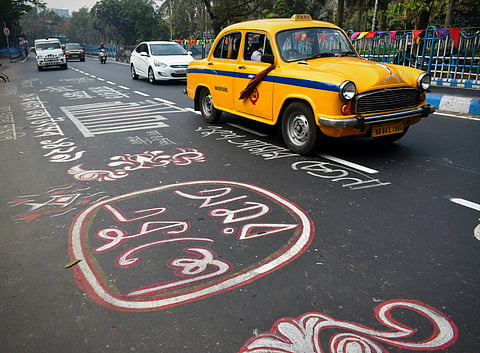The making of Shabdakalpa, a pioneering historical dictionary of Bengali
IT WAS A MUGGY Kolkata afternoon in 2017 when the first lines of code for Shabdakalpa were carefully entered into a lab computer at Jadavpur University in West Bengal. In the School of Cultural Texts and Records (SCTR), established at the university in 2003, Sukanta Chaudhuri and his team huddled over scruffy printouts of 19th-century Bengali-language newspapers and digital scans of medieval manuscripts. In retrospect, the moment seems almost prophetic: by linking centuries of Bengali texts, the team planted the seeds of an ambitious and enduring project.
With Chaudhuri, the founding director of SCTR and the head of the Shabdakalpa project, at the helm, and supported by scholars like Subha Chakraborty Dasgupta and Abhijit Gupta, the team embarked on an audacious journey to map every Bengali word through time, in a comprehensive digital database.

